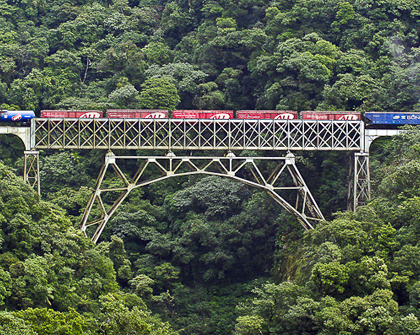South America is daring to dream of more profound forms of integration with a focus on human development. The Agua Negra Binational Tunnel PTI is an example of how an infrastructure project can improve the quality of people’s lives when it is complemented by a planning process that focuses on the territory in question and its economic, social, and environmental dynamics. This binational program is the result of work by Argentina and Chile to integrate their borders through infrastructure.
The efforts made by both countries, especially the governments of San Juan and La Rioja provinces in Argentina and Coquimbo in Chile, have proven that infrastructure can provide concrete answers for local inhabitants and the region’s population as a whole.
This PTI is a set of plans, programs, and projects (PPPs) and related actions and activities (AAs) that complement the tunnel itself and play a major part in expanding the region’s development potential. These PPPs aim to leverage the positive outcomes of constructing the tunnel and to mitigate or reduce factors that prevent people from fully taking advantage of these benefits.
The Agua Negra tunnel is a massive project that poses significant technical, institutional, and financial challenges for Argentina and Chile. When work begins, it will be essential to fine-
tune coordination between the construction of the tunnel itself and the implementation of the PTI (in other words, planning the development of the area around the tunnel). This is an ongoing project that will not finish when the tunnel is officially opened, but instead entails long-term coordination-related challenges for the two countries.




